Huawei has been making significant in-roads in the global mobile phone market in recent years, with the Mate series targeting a high-performance audience and the P-series aimed at the consumer photography market. Ever since the announcement of the P10 in 2017, Huawei has highly prioritised the camera and photography suite in the p-series smartphones.
The P30 and P30 Pro are set to continue this trend with an uncompromising blend of new camera technology and photographic software that's sure to bring out the artist in everyone. A combination of extreme low-light sensitivity and AI-based image processing and camera controls may put the P30 in a class of its own for photography, while its performance and specifications make it a competitive smartphone for the current generation.
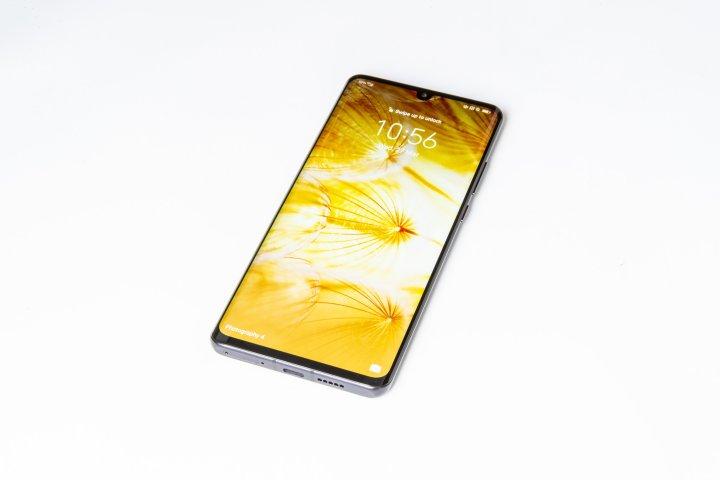 Technical Specifications:Screen:
Technical Specifications:Screen: 6.1 inch (P30) or 6.47 inch (P30 Pro) FHD+ OLED (2340x1080) Dewdrop display. The screen has a curved edge and maximises its use of screen area with a reduced-size notch at the top of the screen and the new invisible fingerprint sensor embedded in the screen.
Battery: The P30 comes with a 3,650mAh battery capacity, and the P30 Pro has 4,200mAh. Both support the new 40W Huawei supercharge mode that lets it charge from 0% to 70% in just 30 minutes. The P30 Pro also supports up to 15W wireless charging, and the wireless charging system can be used to charge other devices from your phone.
Operating System: EMUI 9.1 (Android 9 Pie)
Processor: HUAWEI Kirin 980 with 7nm technology and a Dual-NPU
Networking: P30 has Cat.16 standard support for up to 1Gbps network connections. P30 pro has Cat.21 support for up to 1.4Gbps.
Water Protection: The P30 is IP57 rated (splash proof but not waterproof), while the P30 Pro is IP68 rated (should survive a short submersion)
Other Features: Acoustic Display Technology, in-screen maglev speaker, graphene film cooling system, Dual SIM and Dual VoLTE connectivity.
Price: The P30 will start from €739 SIM-free in Ireland or £699 in the UK for the 128GB version. The P30 Pro will start from €999 SIM-free in Ireland or £899 in the UK for the 128GB version, or £1,099 for the 512GB version. Prices and contract deals will vary by operator.
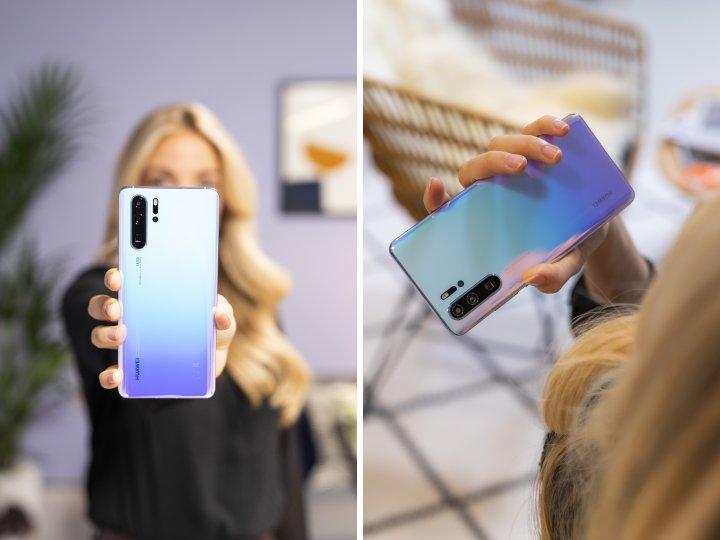
Colours and designs:The P30 seems designed to be an artist's best friend, and the stock colours and styles it comes in are definitely a reflection of that aesthetic. A standard sleek black colour is on offer as always, but I suspect most people will be jumping at the new iridescent gradient styles on offer:
Pearl white offers an almost coral-like effect, Amber Sunrise is a mix of reds and burnt orange hues that catch the light like a sports car, and Aurora is a deep blue and green light design reminiscent of the Northern Lights. Ireland will be getting Black and Breathing Crystal, the eye-catching bright blue and purple gradient design below:
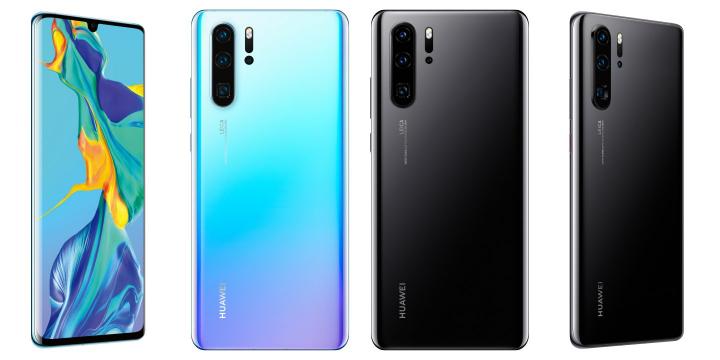 Cameras:
Cameras:
Huawei's bold vision for the P30 is to "rewrite the rules of photography," and it's throwing everything it's got into accomplishing this goal. The P30 sports a huge 32MP front-facing selfie camera and a quad Leica camera system, with each one adding new capabilities for photography and videography enthusiasts:
SuperSpectrum camera (40MP):While you might look at the sun (don't look at the sun) and see it as a white-yellow colour, its output actually peaks in the green part of the visible EM spectrum. The final colour is the result of blending a wide range of other wavelengths together, but camera sensors today still get a lot of their light from that relatively narrow green band.
Huawei's 40 megapixel SuperSpectrum camera has replaced the narrow green pixels with re-engineered yellow ones that can pick up a much wider range of wavelengths, and the result is incredible light sensitivity. While the P20 pro matched many professional low-light cameras with a maximum ISO rating of 102,400, the P30 kills it with a maximum ISO rating of 204,800 on the P30 and 409,600 on the P30 Pro.
The RYYB new sensor takes in 40% more light than a standard RGGB one, and the sensor itself is also considerably larger than competitors. The result of this focus on light sensitivity really must be seen to be believed, with higher light sensitivity than the human eye. It could revolutionise how people take indoor and night-time photos on smartphones.
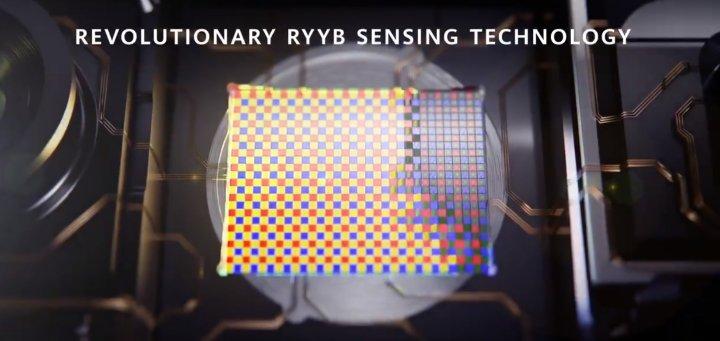 SuperZoom Periscope camera (8MP):
SuperZoom Periscope camera (8MP):While some smartphones have embraced optical zoom by having the lens mechanically extend out of the device, Huawei's periscopic zoom lens flips that on its side. The lens features a prism that bends the light 90 degrees and the zoom equipment itself is contained vertically inside the device. Periscopic lenses didn't take off well in standalone cameras, but make perfect sense in a smartphone where the profile of the device is limited.
The standard P30 supports 3x optical zoom and P30 Pro can reach 5x optical zoom, which is sure to go down well with photographers. A 10x hybrid zoom mode is also available that uses all of the cameras and proprietary AI-based software to produce reasonably accurate results at a much longer range, and the higher-resolution camera allows up to 50x digital zoom.
 Ultra Wide Angle Camera (20MP):
Ultra Wide Angle Camera (20MP):The Ultra-Wide Angle Camera lens is specifically designed to capture panorama shots without the warping that can occur with switched together images or other lenses. The standard P30 has a 16 megapixel wide-angle camera similar to competing smartphones, but the P30 pro improves things with a 20 megapixel sensor. The camera has an f/2.2 aperture and for macro-photography it can achieve 50 iso brightness at 1/3200s shutter speed with a 2.5cm minimum focus distance.
Time of Flight Camera:Huawei's "Time of Flight" camera is essentially a depth sensor that captures three-dimensional information about whatever you take a photo of, but the most impressive thing about the P30 is the way that depth information is used in the software. The camera helps to accurately segment an image by distance, which gives the camera AI more information with which to analyse and understand the scene.
Collecting information on depth allows the camera to apply a professional-level bokeh effect with up to 5 layers of a depth of field effect, so you can take a portrait shot with figures or objects near the person blurred less than far background objects. The results effectively simulate the effect of an optical camera's focus, producing impressive shots that look like they could never have been taken by a mobile device. The sensor is also available to Augmented Reality apps to produce more accurate AR effects.
 Use of Artificial Intelligence:
Use of Artificial Intelligence:
Huawei is leaning heavily on Artificial Intelligence technology with the P30 and P30 Pro, and it works. Manual camera settings are still available for those with the photography experience to make the most out of it, but an automatic photography director AI can make decisions about camera settings for you on the fly much faster than you could yourself.
Huawei's AIS image stabilisation helps to ensure images remain sharp and lets you do long exposure shots without a tripod. The technology is also applied to video, with combined AIS and optical image stabilisation helping you make smoother videos without any bulky external equipment. The AI-based Hybrid zoom also provides decent lossless zoom up to 5x on the P30 and 10x on the P30 Pro.
Use of AI doesn't stop when the photo is taken either, with Huawei's AI-based HDR+ system analysing the scene and figuring out how to modify exposure levels across the image for a clearer result. You can take a photo with large variations in brightness or poor lighting conditions and the phone will to produce a much clearer final image, and of course the Night Mode is improved over the P20.
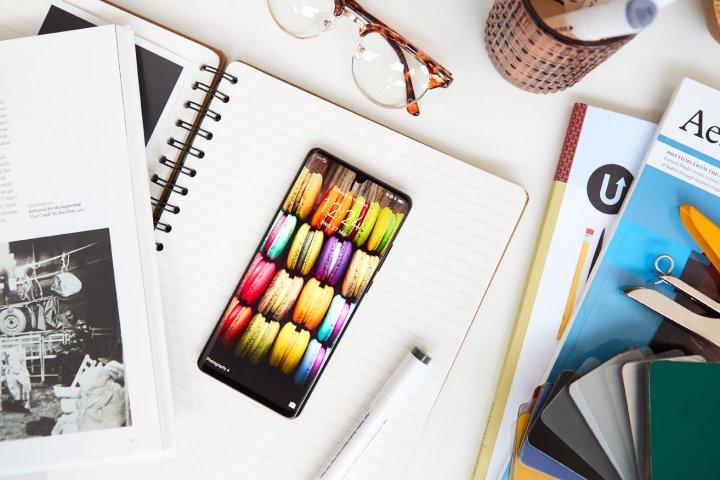 Hands on camera experience:
Hands on camera experience:
I got some hands-on time with the P30 Pro's camera in both controlled and real world conditions, and was pretty impressed with the results. It has all the trappings of a modern smartphone and is as quick and responsive as you'd expect from the latest generation of mobile tech, but if you already have a current generation phone then you won't see much improvement in performance. Everything that makes the P30 phone special is crammed into the camera.
This is the first AI-based camera tech I've tried that really feels like it works right out of the box. The software does a good job of picking appropriate settings for whatever you're photographing, and the automatic depth of field effect and HDR+ can turn an average shot into great-looking photo with no effort. While experienced photographers will probably set up their shots and settings manually and bring a tripod anyway, the AI director and image stabilisation were a revelation for a complete novice like me.
The real benefit I saw in the P30 was the speed and ease with which the tech works -- when it works. You can often just point and click with very little preparation and get professional-looking photos that are ready to share immediately, though it was often tricky to control what the camera was doing. The speed and low effort barrier make it easier than ever to capture a moment before it's over, and the low-light sensitivity is certain to be a hit in nightlife scenes.
The main drawbacks here were that the AI sometimes couldn't make its mind up when taking a shot, and sometimes it asked me to hold still for a few seconds while it sharpened the image (I imagine by taking more photos to gather more information). The image stabilisation also let me down with my slightly shaky hands when zoomed in, and the manual camera controls weren't as easy to use as I'd hoped.
That said, I definitely felt the pain when I went back to my last-generation Samsung phone. Now that I've seen what the P30's camera can do, every photo and video I take on an older device feels like a wasted opportunity to capture a better shot. While it won't make you an instant artist, the results from simple point-and-click shots when the AI works combined with the high zoom level and insane light sensitivity do make it easy to take some stunning photos with little expertise.







